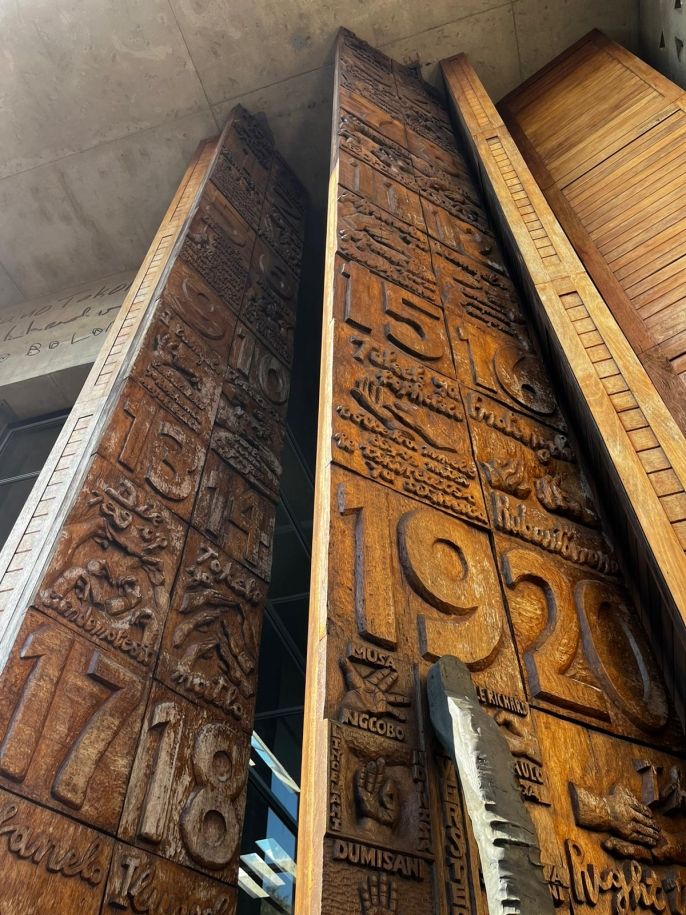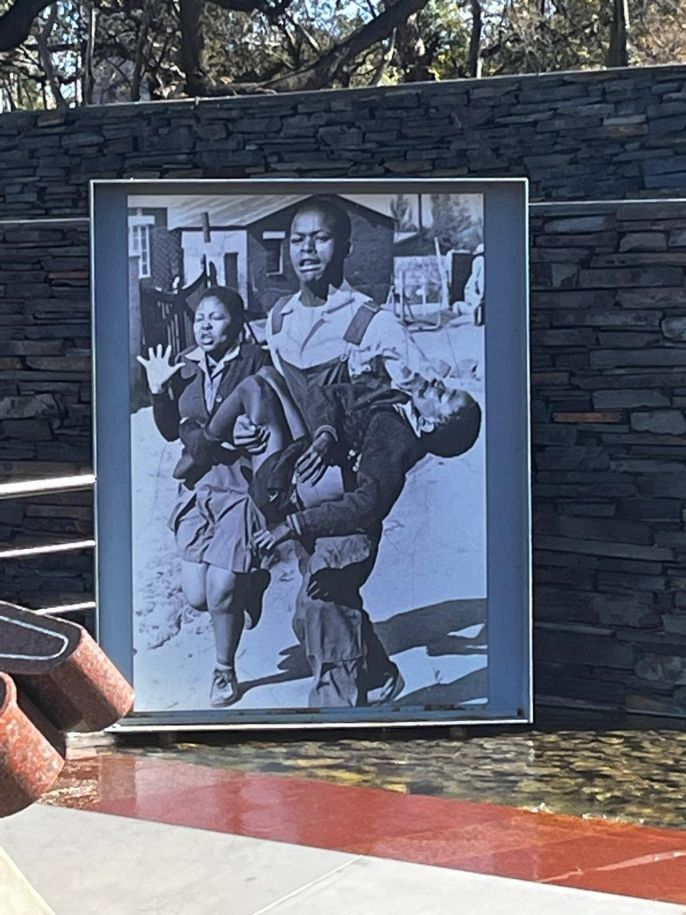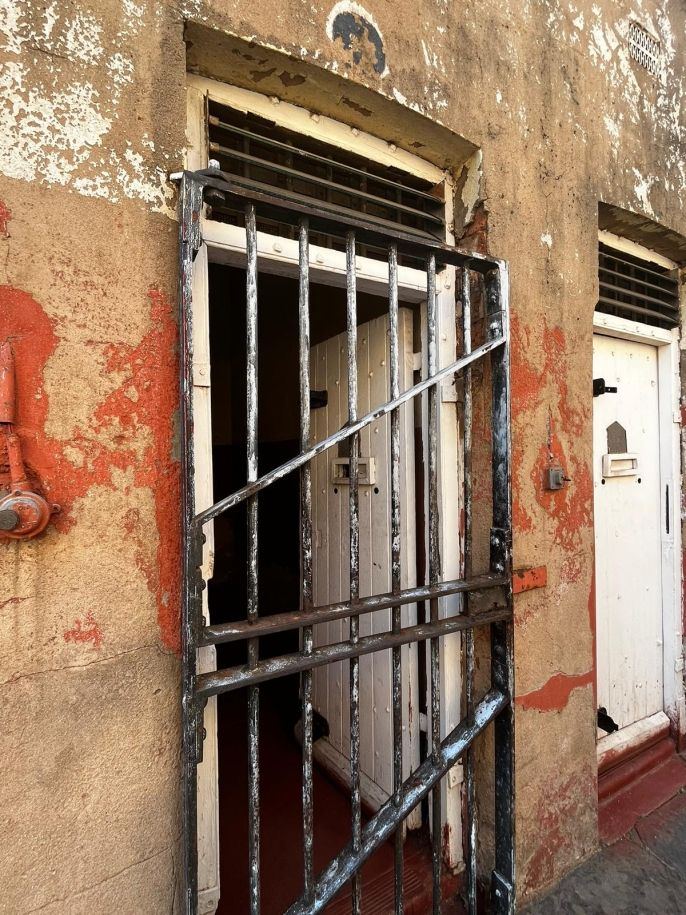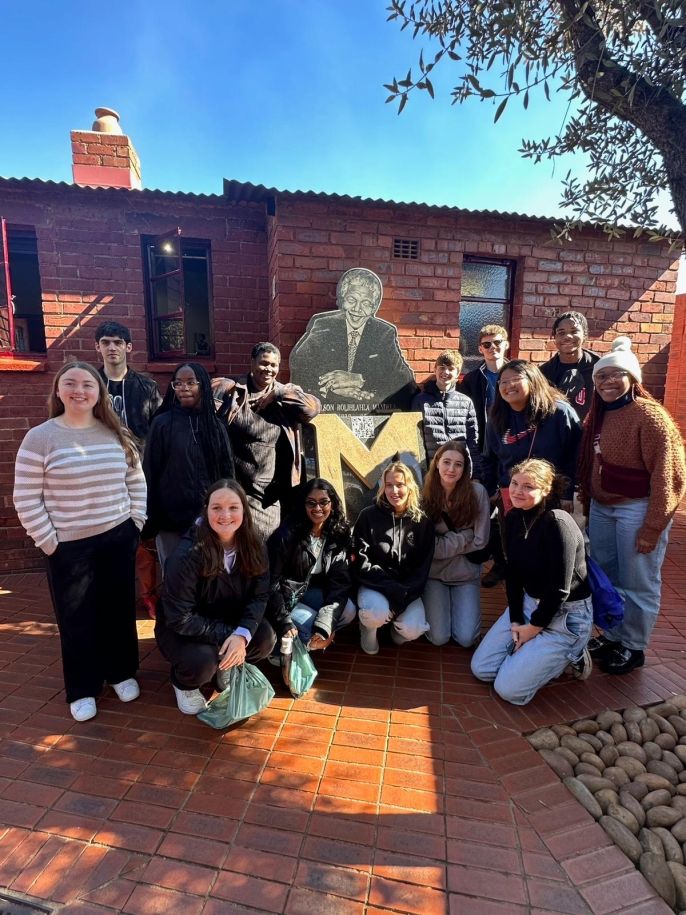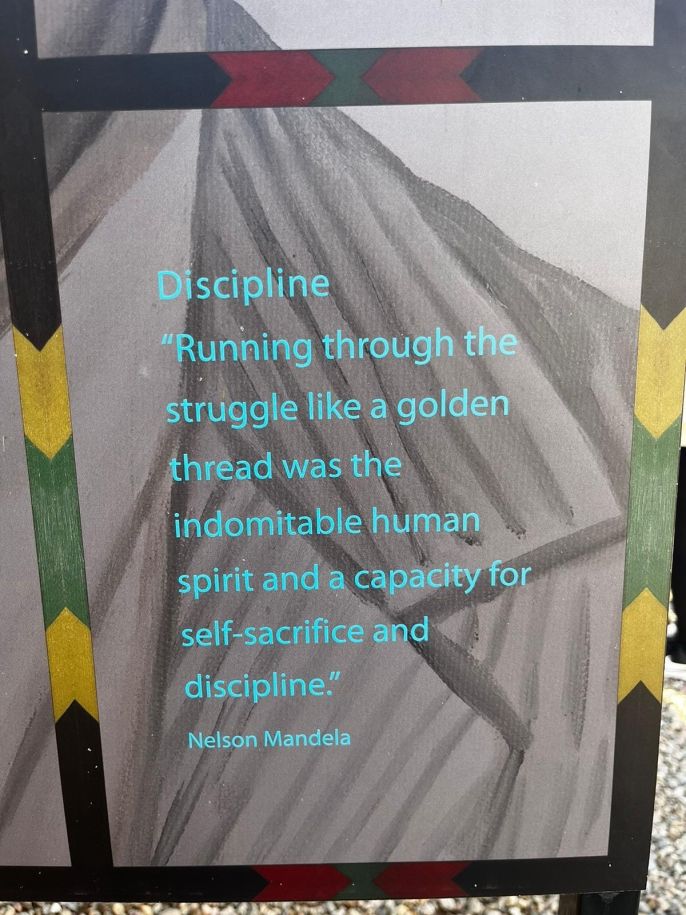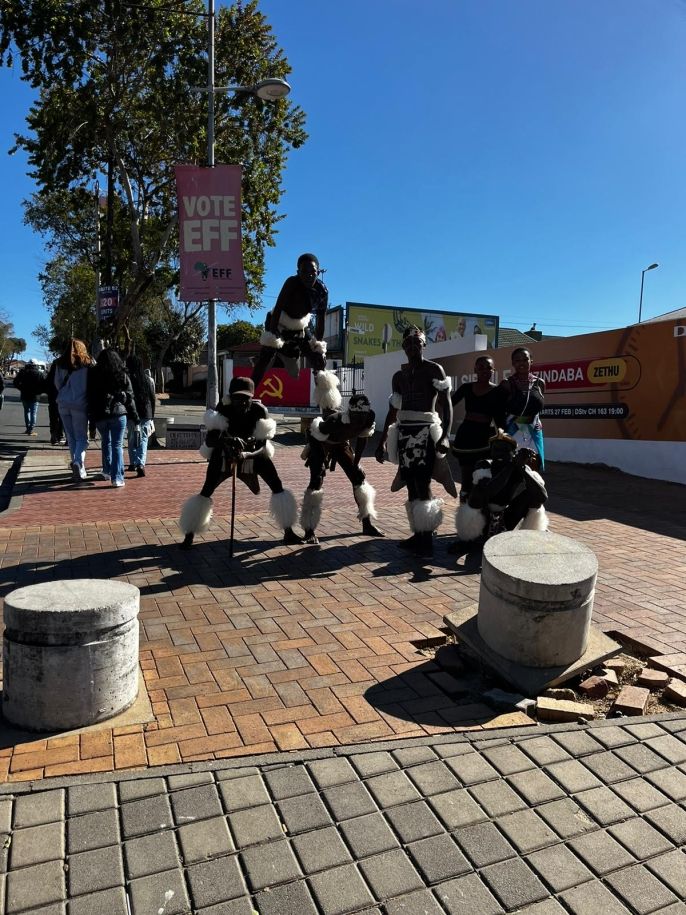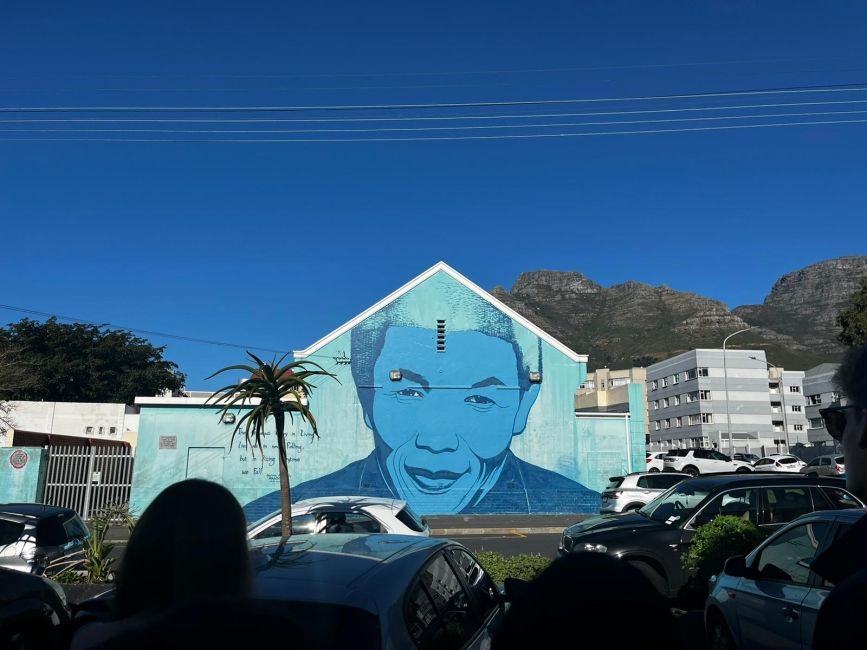Student Spotlight: Zoe reflects on Connecting History with Service
One of the main principles of the Leadership and Service Through Mandela’s Example program is that you must understand a community before you can truly be of service to it.
This is why our group spent the bulk of our first week diving deep into South African history.
Museums such as Constitution Hill, the Apartheid Museum, and Robben Island have helped us understand the immense suffering non-White South Africans faced under Apartheid. This understanding was built upon by walking tours of townships such as Soweto and Langa, which helped us understand that the segregation and poverty established during Apartheid is still very prevalent in today’s society.
This background knowledge proved to be extremely helpful in our second week of the program, as we began our community service in Gugulethu, which was formed as a Black township during Apartheid, and is still suffering because of segregation today. Apartheid left most Black South Africans in lower income areas with very few job opportunities, leading to food insecurity in most townships.
Learning about the background of this food insecurity has helped us figure out how to solve it. Food insecurity in townships has been built up over the course of decades and has woven itself into the roots of many communities. For this reason, we cannot make this problem go away in a single day, so we are helping a local primary school plant a garden that will help feed students for years after we leave.
The wounds caused by Apartheid will never truly go away,, but through learning about South African history and the roots of food insecurity, we have found a way to help heal these wounds as best as we can.
Related Posts

Hang 10!
This past weekend students explored local markets, travelled to Boulders Beach to see the penguins and saw the western-most cape which Cape Town was named after! Students also learned how... keep reading
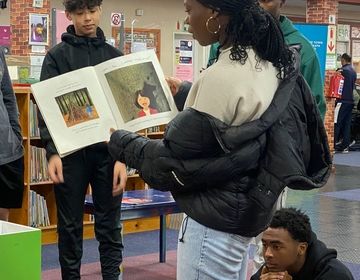
First Impressions of Service-Learning PT 2
Once students settled into their service-learning site and had more time with the students, they were able to read a group of younger students' stories and get them interested in... keep reading
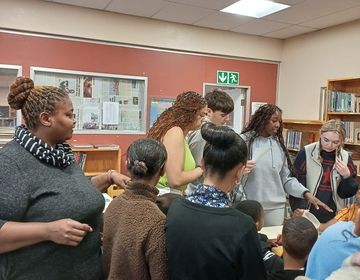
First Impressions of Service Learning
This week, after learning about the history and cultural context of their service-learning site, students began their service! Students were educated on literacy in the area and were told that... keep reading
